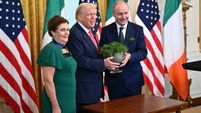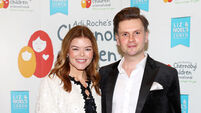What really happens in the White House on St Patrick's Day?
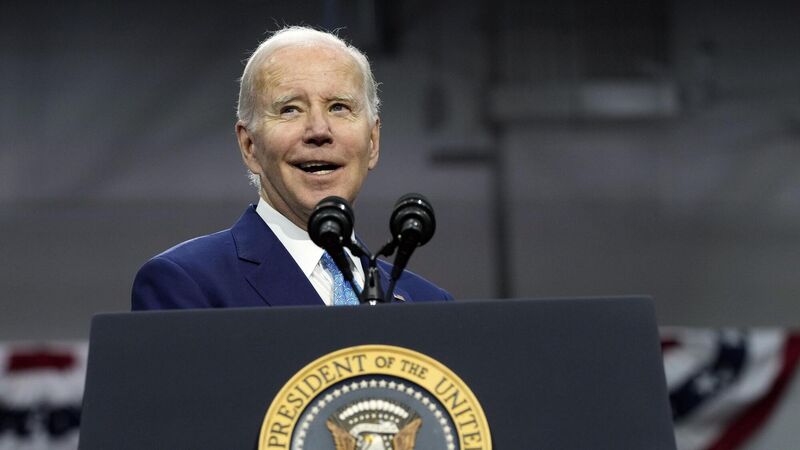
President Joe Biden talks about health care during a visit to the Kempsville Recreation Center in Virginia Beach, Va., Tuesday, Feb. 28, 2023.
If they can help it, Taoisigh tend not to stay home for St Patrick’s Day.
While the rest of us enjoy parades and the odd tipple, our leader jets across the Atlantic and presses the flesh on behalf of Ireland Incorporated. This year is no different, with Leo Varadkar set to meet with the great and the good of Washington, which will, of course, include the traditional handing over of the shamrock to Joe Biden.
“Every year there is a discussion about whether the Government should go abroad or stay at home,” says Newstalk’s Seán Defoe, “but I think of all trips, the one to Washington is essential. I think you can gauge it by just how jealous other countries are of the access that we get. You’re getting all of this facetime with the US president and many others that other countries would kill for it.”
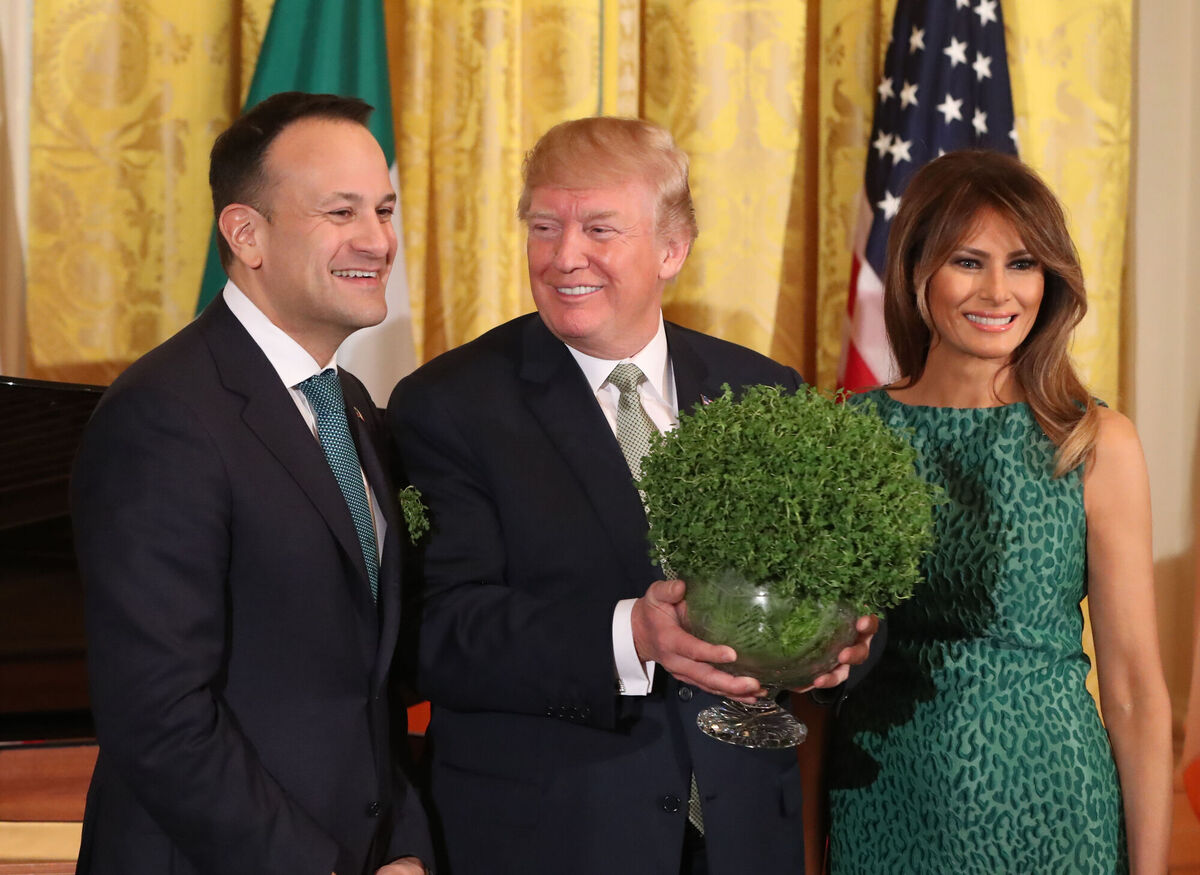
This will be the political correspondent’s fourth time following the Taoiseach on his annual visit; five days he describes as “one of the highlights of the year”.
“I’ve been in the Oval Office twice now and I don’t think I’ve seen the desk yet,” he says. “You’re packed in there for maybe five minutes and then whisked away. It’s very enjoyable but it’s a weird sort of day too. There is a lot of rushing around.
“There is an element of Paddywhackery about it where you have senators talking about their grandfather’s uncle who had a cousin twice removed that stood in a field in Ireland once but there’s still this huge love for the Irish in Washington and you see it in how many of the big players want to be a part of it.”
“There is a huge Irish diaspora in the states, so representatives from places like Massachusetts will always make sure they are seen at the events around St Patrick’s Day. Then you have people like Joe Biden and Nancy Pelosi who have strong Irish connections and it’s internalised in their psyche. They love to be Irish.”
The shamrock first made its way to the White House back in 1952 when Irish ambassador John Hearne sent a box of it to Harry Truman. Four years later, Taoiseach John A Costello presented President Eisenhower with a Waterford Crystal bowl of the symbolic herb as a gesture of friendship.
The tradition muddled on through the decades with various representatives from Ireland popping around to the White House on or around the day to offer the green greeting card, and maybe get a few million quid's worth of investment for what was considered a quaint, if somewhat troubled, little island.
When Ronald Reagan took office he invited Garret FitzGerald and then Charles Haughey for an official visit which now involved both the presentation and an extended chat.
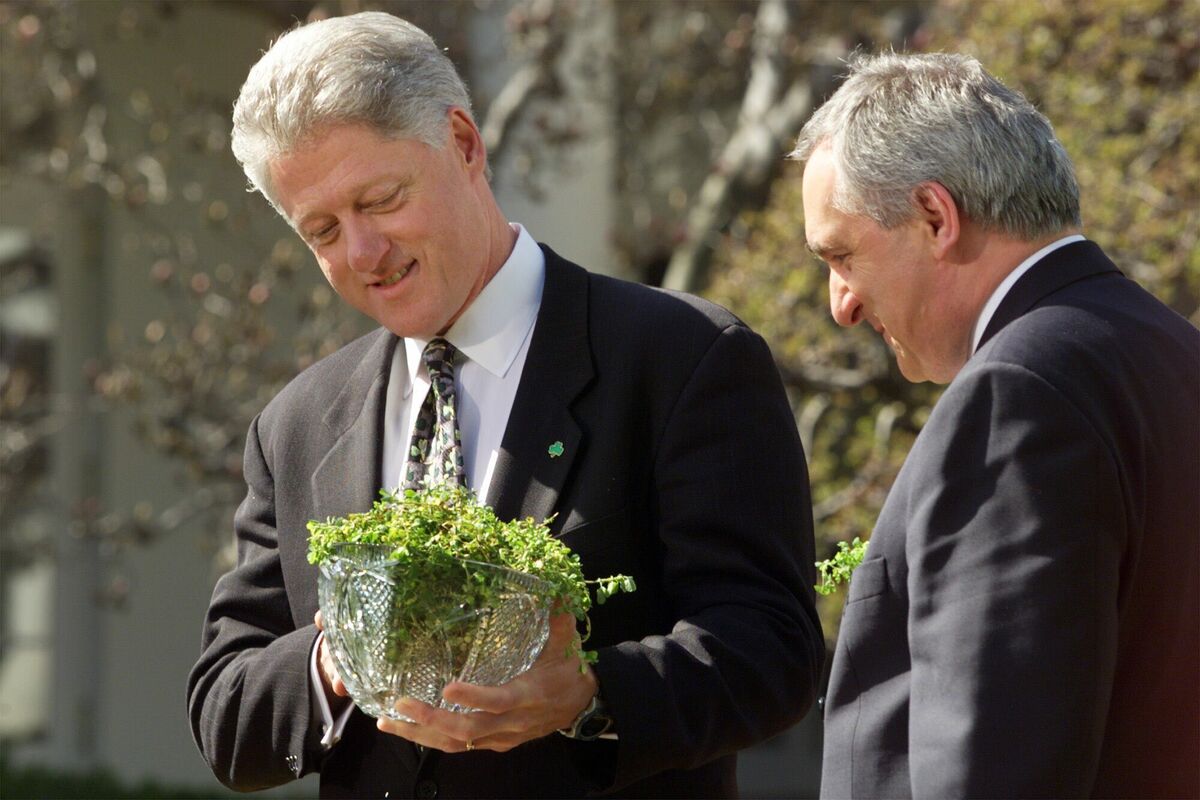
Those working behind the scenes for Ireland, both at home and in Washington, began to see the value of this photo op for both stakeholders - we chat with the president of the most powerful country in the world, and the president gets votes. Bill Clinton was a big fan of the day, seeing the occasion as particularly important for the momentum of the peace process. The event has grown in both scale and stature ever since.
“It starts early with breakfast at the vice president’s residence,” says RTÉ’s Brian O’Donovan. “Then it’s on to the White House for the first meeting with the president when the chat happens. Then you go up to Capitol Hill where there’s a speaker’s lunch. The president goes to that with the Taoiseach. That itself is unusual because the president only goes to the Capitol a couple of times a year. Then it’s back to the White House for the second meeting and the handing over of the bowl of shamrock. When you cover the day, it’s long and intense.”
Brian, who was RTÉ’s Washington Correspondent for four years, has vivid memories of covering the national holiday.
Stand-out moments include the announcement of the travel bans for both the USA and Ireland in the early days of COVID, the meeting behind closed doors of Ireland’s first openly gay Taoiseach and ultra-conservative vice president Mike Pence, followed the next year with an invitation for both Leo and his partner Matt Barrett. And there was always Trump.
“There was probably some concern when Trump came into power that the access and those meetings might not continue in the same way,” says Brian. “He wasn’t that interested in Ireland. It was America First. He was quite unpredictable. He was pro-Brexit, anti-EU but he never cancelled anything. The only thing he didn’t do was go to the speaker’s lunch because he and Nancy Pelosi were having a bit of a row at the time.”
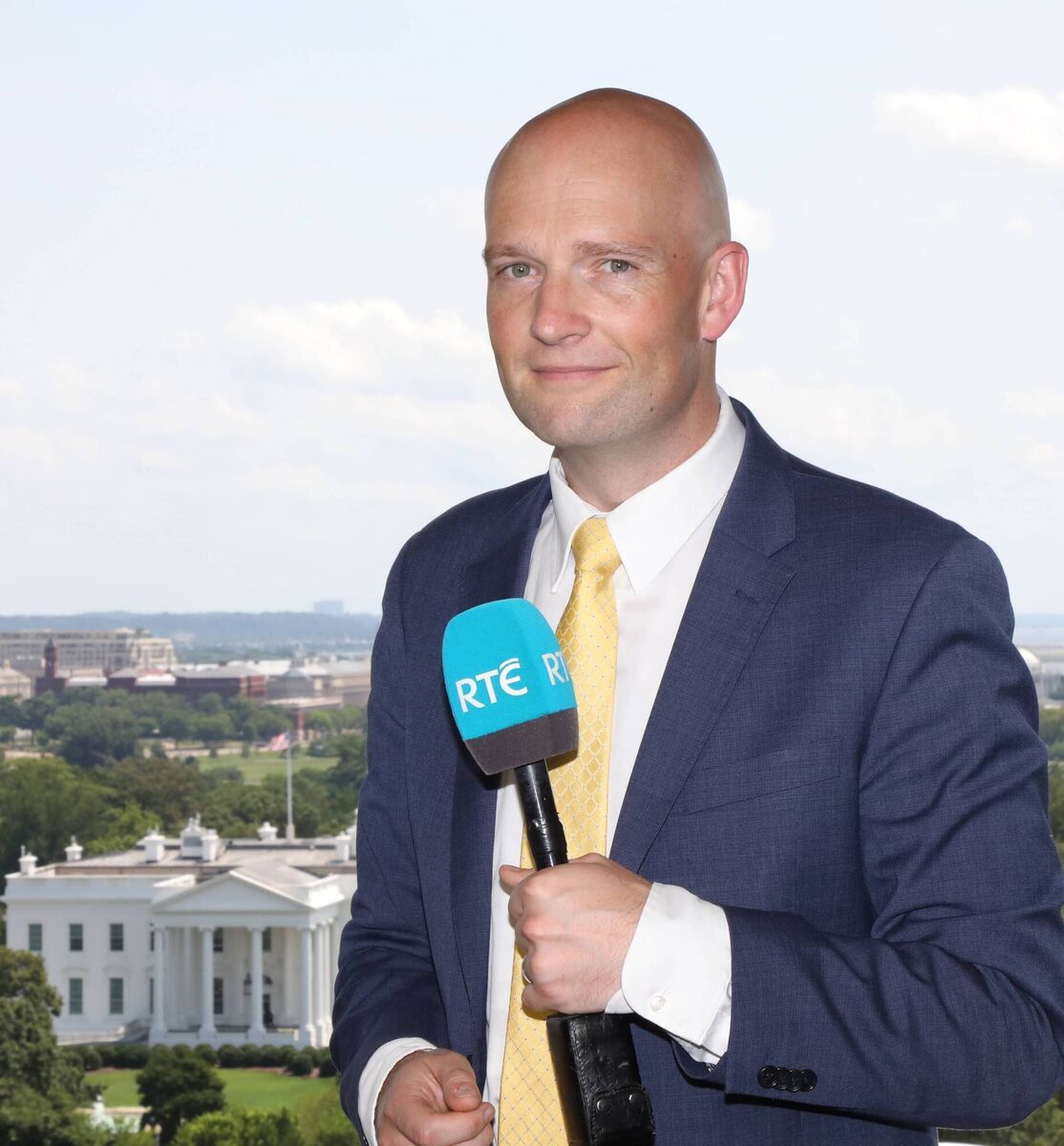
While the main focus is on the Taoiseach’s itinerary, Brian says what happens away from the spotlight is probably just as significant. Dozens of breakfasts, lunches and dinners are arranged and attended right across Washington with lobby groups, business groups, political parties and various trade missions from making the most of the opportunities to connect with powerful decision-makers.
“It’s unbelievable to have that access,” says Brian. “I’d say it is the envy of every diplomatic office around the world. It is a diplomatic coup for Ireland. No other country gets anything like that.” “It’s hard to quantify how much it has got us over the years,” says Seán.
“But that sort of soft power in action is what you see. Of course, there are valid questions around sending people over, but given it is the biggest economy in the world and we have quite a few trade links with it, I think it is worth it.”




